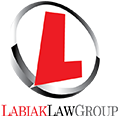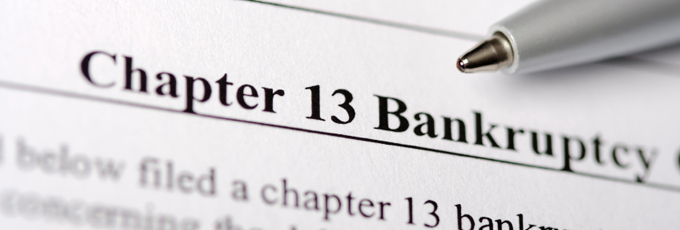When people say Bankruptcy, they usually mean a Chapter 7 Bankruptcy. Chapter 7 just refers to a section of the legal code that deals with the different types of bankruptcy. For short hand purposes is also called liquidation. You basically put all your assets in one pile, your debts in another, sell the assets to cover the debts. Before the sale of the assets you get what are called exemptions. Exemptions are legal talk for “keep your stuff”. “Stuff” includes money, cars, houses, boats, retirement funds, cash, and whatever else you can think of. States allow you various levels of exemptions so you may get to keep a lot of stuff or not so much.
Chapter 13 is a debt repayment plan. (also including in my definition of a Chapter 13, Chapters 11 and 12. While different, for the purpose of this article, they function basically the same). You pay back from 0% to 100% of what you owe to your creditors. So on the surface, it is a no brainer… file the Chapter 7. Well not so fast. There are things you can do in a Chapter 13 Bankruptcy that you cannot do in a Chapter 7 Bankruptcy.
- In a Chapter 13, you can buy back your stuff. Let’s say due to recent surge in home prices, your house is now worth more than the home exemption. But because of your income, you cannot afford to repay all your debt. If you file a Chapter 7, you put your house at risk. No problem, you can just pay off the difference between what you can and cannot exempt. To do that, you will need cash, fast. You cannot save this up as in most states this money will exceed what you can exempt. You have two options, borrow from someone privately (help Mom and Dad) or file a Chapter 13. You basically buy the asset back from the trustee. This way you do not have to borrow from anyone else. Your terms are fixed. No credit check required. You also have the option of converting back to a Chapter 7 if you decide you no longer want the asset. I’ve seen this done in the case of cars that people decide are just not worth it. So the Chapter 13 will allow you to keep all of your assets, even if you have too many.
- In a Chapter 13, you can cram down the value of assets. Typically a car. So if you owe $10,000 on a car, and it is only worth $5000, you can only pay back $5000 through the plan. This saves you $5000 in car payments. In addition, you can lower interest rates on the payments you are making. These are options not available in a Chapter 7 Bankruptcy.
- In a Chapter 13, you can strip off unsecured mortgages. Let’s say due to a recent decline in home values (if you live in California, surges and declines happen frequently) you are now underwater. So far underwater in fact that you owe more on the first mortgage than the house is worth. If you have a second mortgage, you can strip off this mortgage, convert it to a unsecured credit card-like debt, and be done with it. I’ve had cases where $100,000 in mortgage debt was eliminated for $100 a month for 3 years. This cannot be done in a Chapter 7.
These are just some of the reasons why you should talk to your Bankruptcy attorney about the advantages of a Chapter 13 Bankruptcy over a Chapter 7. It is not as cut and dry as you might think, and some powerful tools may slip through your fingers if all your options are not explained to you. You can also contact labiak law for the other legal problems like consolidation, civil cases and medical malpractice.

